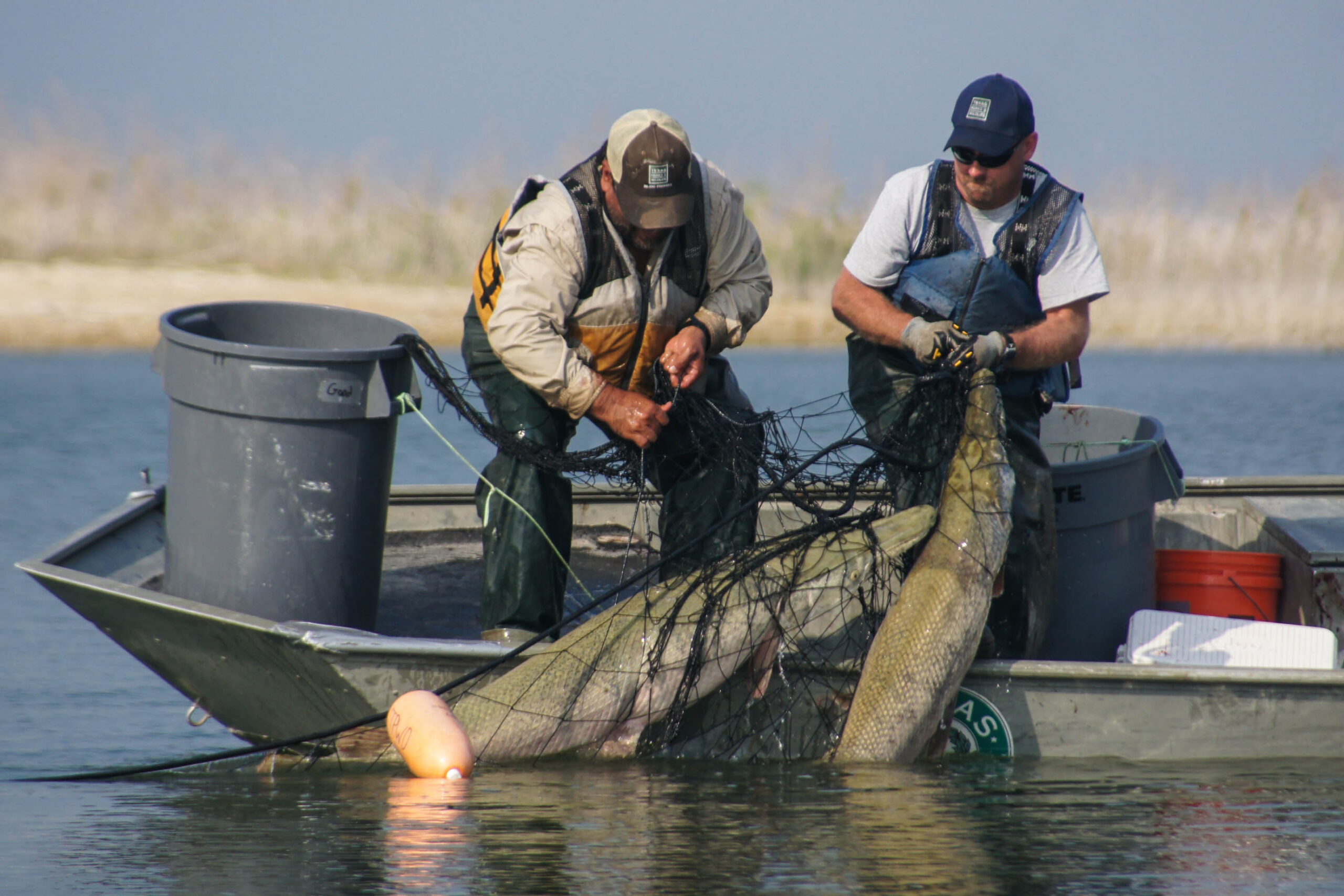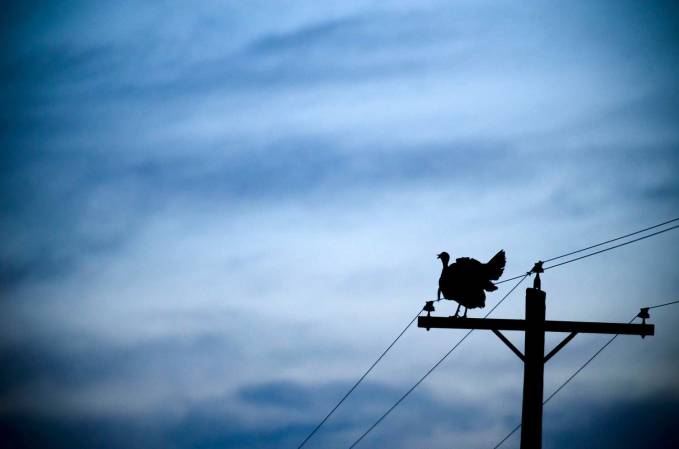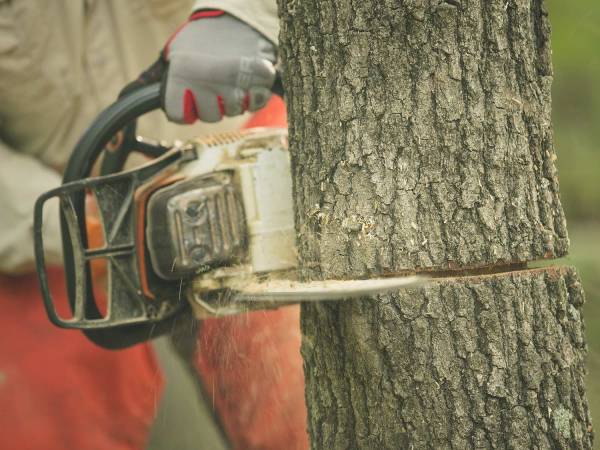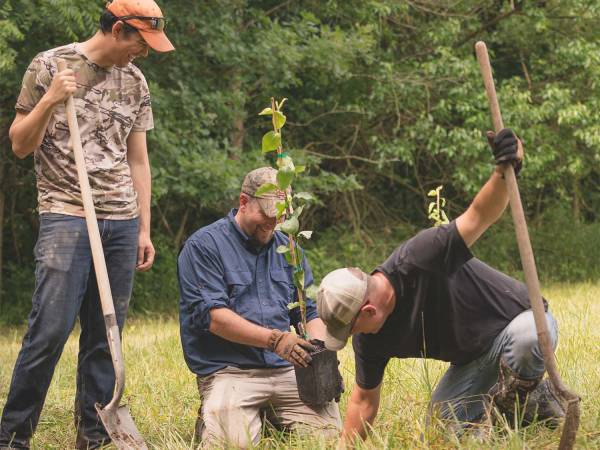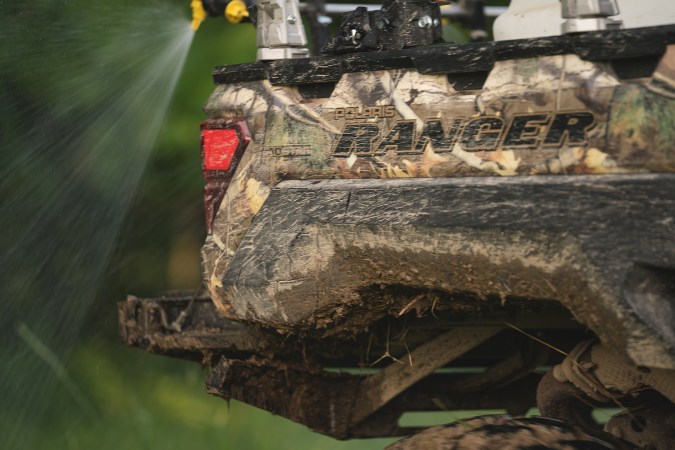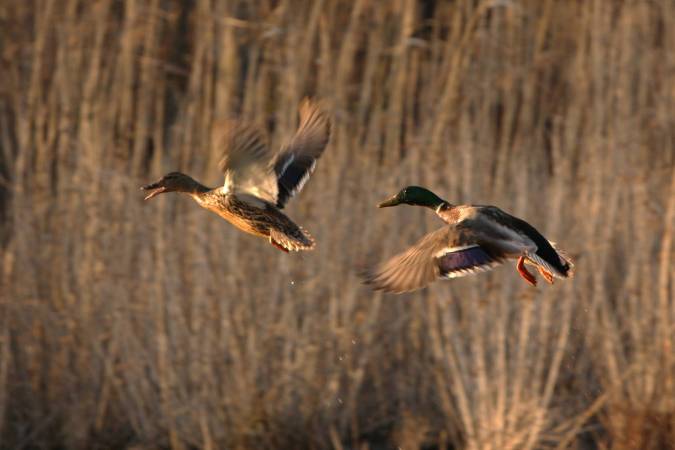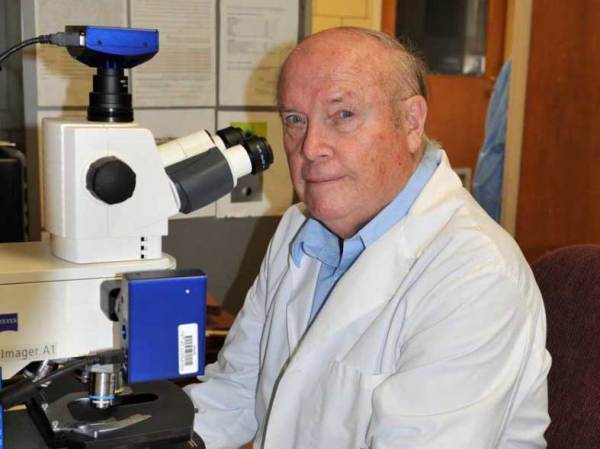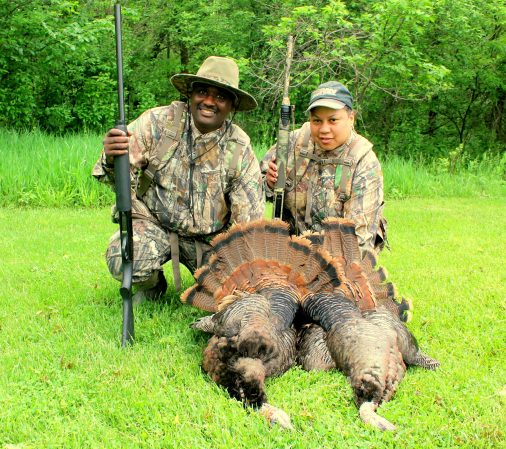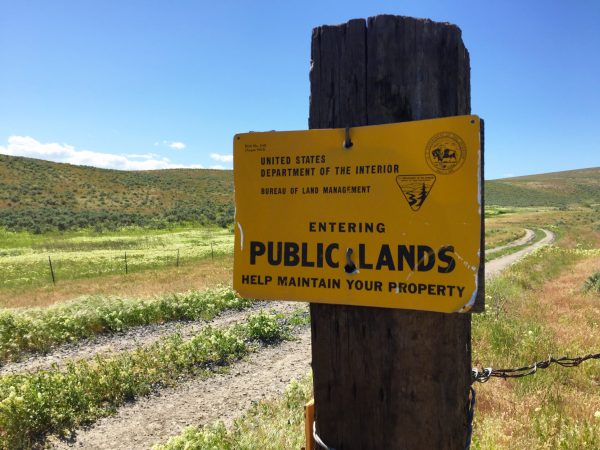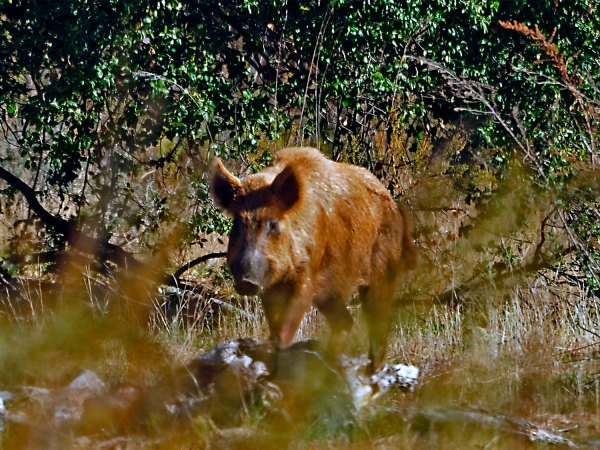Alligator gar have all the major characteristics of a trophy gamefish. They’ll eat a variety of baits and lures, they pull like hell, and, most importantly, they’re giants. The species now has its own cult following in the angling community, with more and more people wanting to catch and release an 8-foot-long, 300-pound dinosaur. There’s also a growing contingent of bowfishermen who are eager to shoot these fish. But the species hasn’t always been this popular.
Until recently, alligator gar were vilified by most sportfishermen. In some circles, they were even worse that a trash fish: a toothy, armor-plated nuisance that ate bass, crappie, and other more desirable species. These negative perceptions led to overharvesting throughout much of their native range.
Along with the advent of dam-building and flood control, which blocked off their migration routes in the Mississippi and suppressed their ability to spawn, the excessive harvesting of gar had serious impacts on their populations. As their range shrank—from up into the middle Mississippi as far north as Ohio to the lower Mississippi and Gulf Coast drainages—this overharvesting continued. At certain points throughout the last century, some state agencies even got involved with efforts to eradicate them.
This was certainly the case in Texas, which was (and still is) home to the healthiest populations of alligator gar in the country. A complete lack of harvest regulations there led to a gar-killing free-for-all that lasted until 2009, when the Texas Parks and Wildlife Department established a statewide bag limit of one fish per day and implemented a mandatory harvest reporting program. (There are a couple of exceptions to this rule, but more on that later.)
In the time since, biologists have finally taken the time to study this massive, ancient fish species that has been long misunderstood, and there is now a growing effort to conserve alligator gar in the Lone Star State.
Gathering Data and Debunking Misconceptions
“Before the last 12 years or so, there was very little known about alligator gar,” says Dan Daugherty, a fisheries research biologist at TPWD’s Heart of the Hills Fisheries Science Center. “They weren’t exactly considered a ‘prize fish’ until recently, so we’ve had a lot of catching up to do in the last decade.”
The state agency began to study alligator gar around the same time that it implemented the first-ever regulations for the species in 2009. Around that time, TPWD had begun to see gar populations crashing in neighboring states like Louisiana and Mississippi, and the agency didn’t want to lose the largest and longest-lived freshwater fish species in the state.
As Daugherty explains it, they’re still in the process of gathering baseline data on the species.
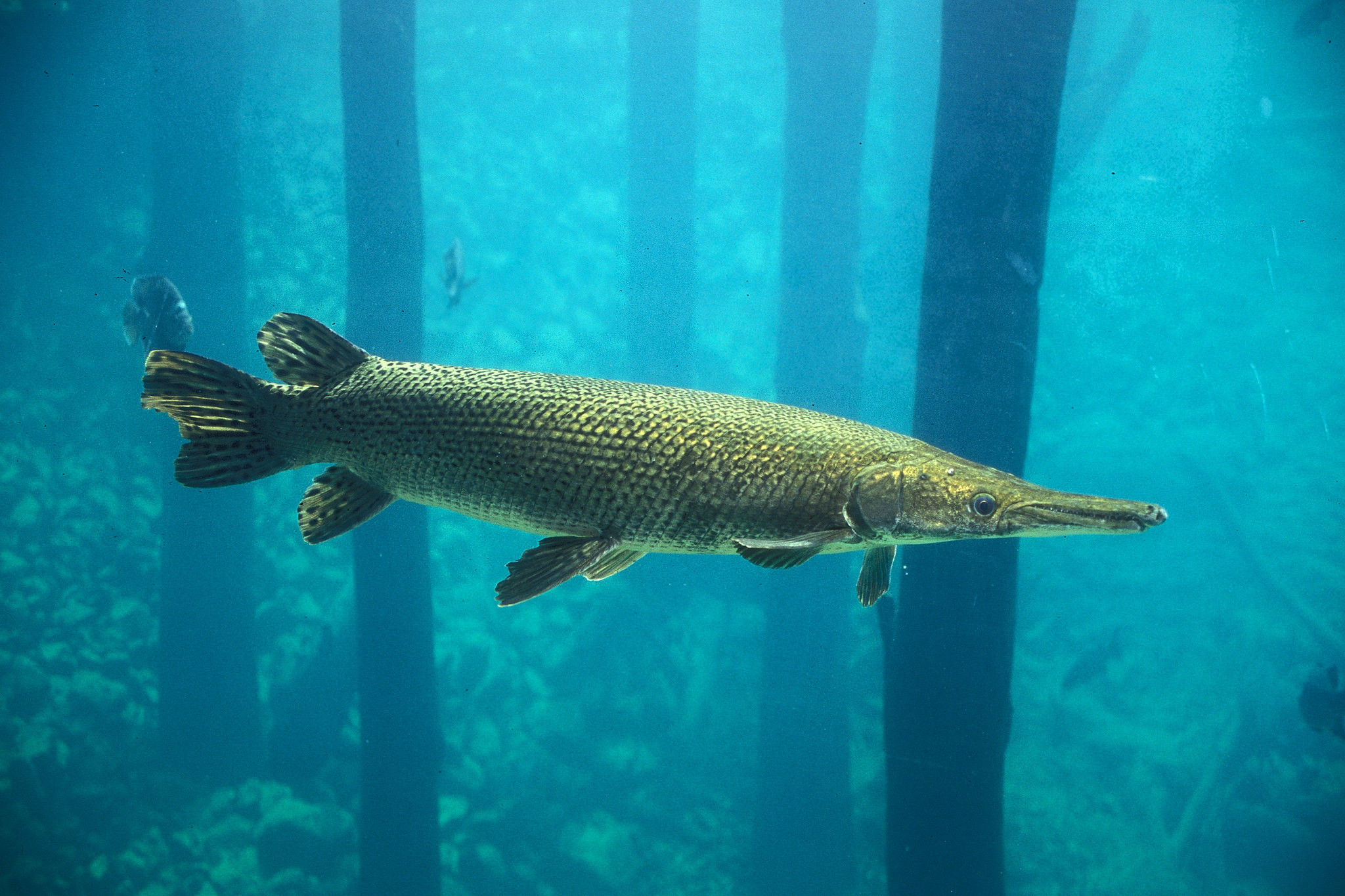
“You’re talking about a fish that lives 50 to 100 years, so you need a long history of data,” he says. But research in Texas has already revealed plenty about the species. More importantly, it has helped debunk previous misconceptions about the fish.
For starters, researchers now have a better understanding of the long lifespan of alligator gar. They’ve learned that the fish grow quickly, but only spawn when seasonal floods push water up into the floodplains—which helps explain why flood control efforts and the subsequent channelization of rivers have been so detrimental to the species.
They’ve gotten better at aging alligator gar by looking at a fish’s otolith and validating their estimations in the lab using more advanced techniques. The oldest fish ever caught by researchers in Texas was 63 years old, Daugherty says. But in 2011, TPWD received the otolith from an 8-and-a-half-foot gar caught in Mississippi and biologists estimated its age around 95.
“One other thing we’ve learned that is hypercritical is that virtually all the big fish in these populations are females,” Daugherty says. “The males don’t live as long or get nearly as big. And even though everyone wants that big 7- or 8-foot alligator gar, we’ve learned how important these bigger, older female fish are.”
Still, he says that some of the most important research from a management perspective has been related to the feeding habits of alligator gar.
“Historically, the thought was that alligator gar were bad for more desirable species like crappie and bass. People just assumed that’s what they ate,” Daugherty says. “But alligator gar are actually opportunistic feeders. They eat primarily what is most available, and in most systems that’s species like carp, suckers, and buffalo—things like that. You occasionally find a largemouth bass or other sportfish [in one of their stomachs], but these are by no means a primary component of their diet. No study has ever suggested that.”
He goes on to explain that if you made a list of the best bass fishing lakes in Texas, you’d have to include Toledo Bend Reservoir, Choke Canyon Reservoir, Falcon Reservoir, and Lake Amistad. These man-made lakes are some of the most well-known stops on the Bassmaster tour, and they’ve held large populations of alligator gar ever since they were formed.
“When you think about it that way,” Daugherty says, “alligator gar can’t be bad for largemouth. Most diehard bass anglers still have a distaste for them, but they’ve had great bass fishing on these lakes for years, and there’s been alligator gar there the whole time.”
Falcon Reservoir, which is located on the border and co-managed by Mexico, makes an especially interesting case study for this long-misunderstood fish species. In 2012, Bassmaster Magazine rated Falcon as the number-one bass lake in the country. But the reservoir also has one of the most abundant gar populations in the state.
“The Last Free Bastion of Gar-Killing Heaven”
Falcon Reservoir is the only water body in Texas where the one-fish-per-day harvest regulation doesn’t apply. TPWD allows anglers to kill up to five alligator garfish a day on Falcon, and there are no slots or length limits. It’s also the only place in the state where anglers don’t have to report every gar they harvest.
Randy Myers, TPWD’s district fisheries biologist for southwest Texas, explains that even though creel surveys have consistently shown that largemouth bass comprise a very small portion of most gar’s diets, the bass fishing community still views the apex predators as a threat to their fishery. He says the feedback from this community—which pulls a lot of weight—was a big part of why bag limits were liberalized on the lake.
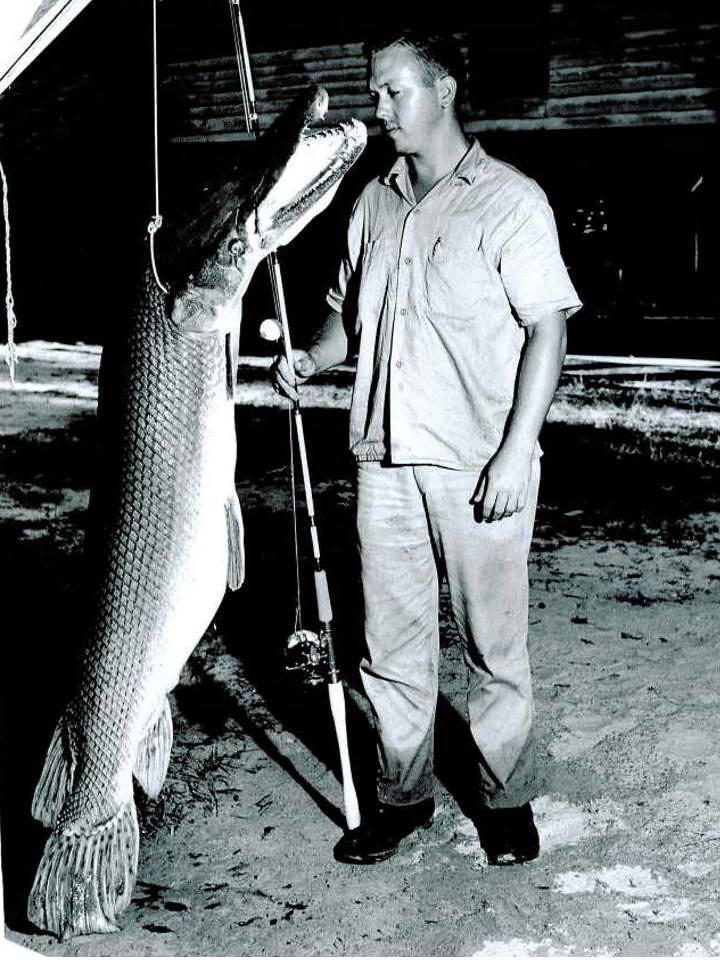
There’s also a cultural component to the regulations at Falcon, as alligator gar meat is popular in many Hispanic cultures along the border. And even though Daugherty doesn’t recommend eating trophy-sized gar—mainly because they live so long that contaminants bioaccumulate in their flesh—he realizes that there are plenty of people who will go on eating them anyway.
Even with these liberal bag limits, though, Myers says there are still plenty of gar swimming in Falcon. So many, he says, that a local tackle store owner still hangs up a sign in the shop that reads:
So why don’t you come down to Falcon, the last free bastion of gar-killin’ heaven. Where the gar are as thick as hair on a dog’s back, and where you can kill five a day if you want to. And you don’t have to tell mommy about it either.
The Future of Alligator Gar Management in Texas
On the other end of Texas’ management spectrum is the Trinity River, which is arguably the best place in the world to target trophy-sized alligator gar. It’s where Jeremy Wade came to film an episode of River Monsters in 2009, and it is now subject to the most stringent harvest regulations in the state.
In addition to a daily bag limit of one fish per day, Trinity River anglers have to draw a permit in order to harvest an alligator gar longer than 48 inches. The state also closes certain areas of the river to fishing during spawning season.
“Our concerns on the Trinity are more related to the strength of that fishery,” Daugherty says. “The fact is the Trinity supports a vibrant fishery for trophy alligator gar and we want to keep it that way.”
As Daugherty has learned more about gator gar in Texas’ major river systems, he’s also found that the makeup of their populations changes depending on where you are in the river. He says they usually find limited concentrations of giant female gar higher up in the rivers, while the lower reaches and bays along the coast tend to hold a lot more smaller fish.
“We’ve really been managing these rivers as a whole,” he explains, “but we are now seeing opportunities to manage on a more localized or regional scale. So, you might have different regs with more liberal harvest rules down at the coast. But if you’re further upriver, where there just aren’t as many and they’re more confined, maybe we don’t allow that as much.”
Bowfishing for Alligator Gar
Bowfishing for alligator gar has also become highly popularized. Recently, a bowfisherman shot a massive 7-foot, 8-inch gator gar in Falcon, but caught criticism for killing the fish when the catch was posted on social media.
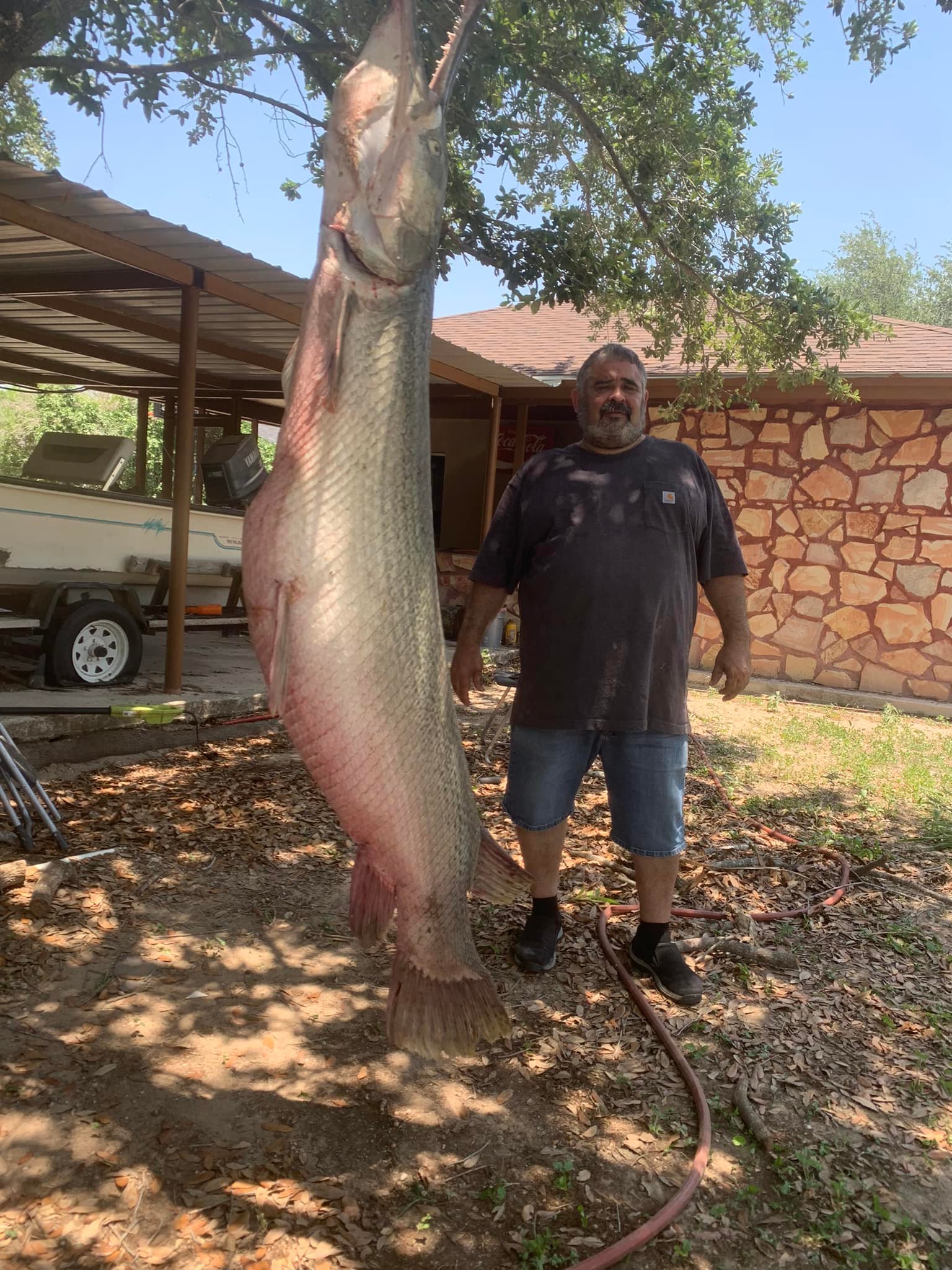
“[There have been] a lot of good comments [on the post] and some bad,” the bowfisherman’s brother, Gerardo Benitez wrote. “When you go bow hunting for gar…you have 1 or 2 seconds at the most to get a shot, and it’s hard to tell how big [the fish] is. We don’t waste the meat; we actually share it with friends and family. Nothing goes to waste. The gar was measured a couple of times and several witnesses were present. The final measurement was 7 feet, 8 inches.”
In terms of how anglers target alligator gar in Texas, Daugherty acknowledges that some bowfishermen are frowned upon because “once you release an arrow, that fish is essentially dead.” But he adds that TPWD has never taken a position on one type of angler over another, and he personally believes that bowfishing has its place if it’s done sustainably, and so long as harvest regulations are based on the best available science.
“Really, the premise of what I’m saying is that the more data we get, the more we’re seeing opportunities for tailored management, which would help us meet the needs of a diverse angling community.”

